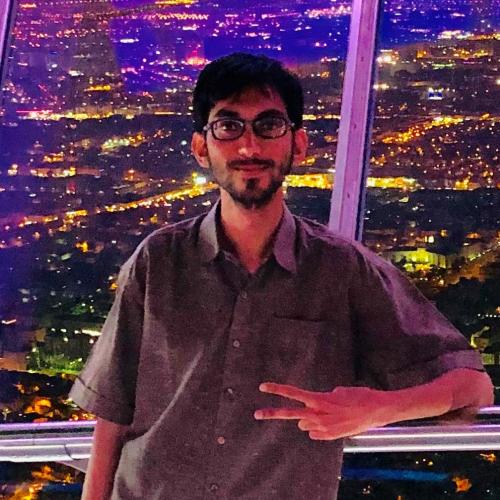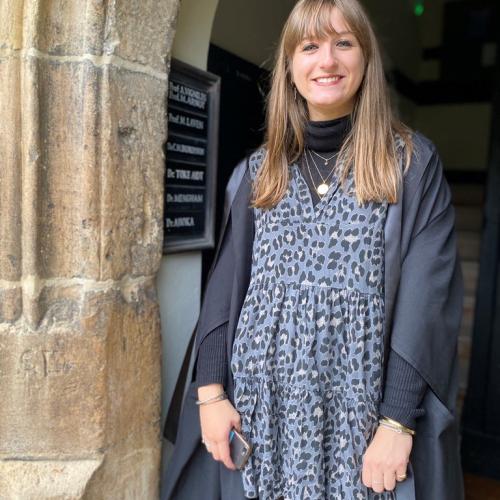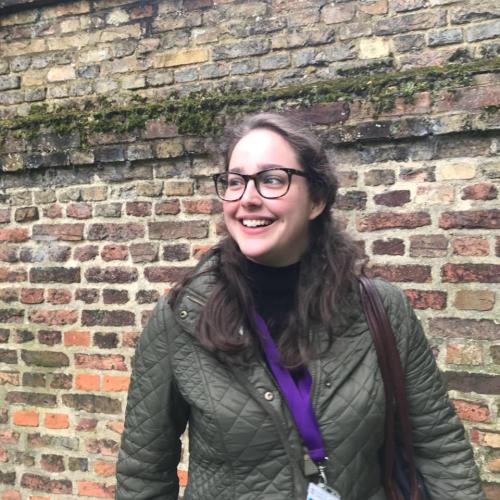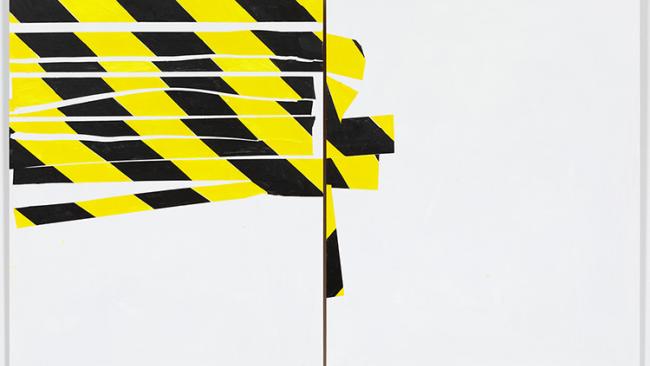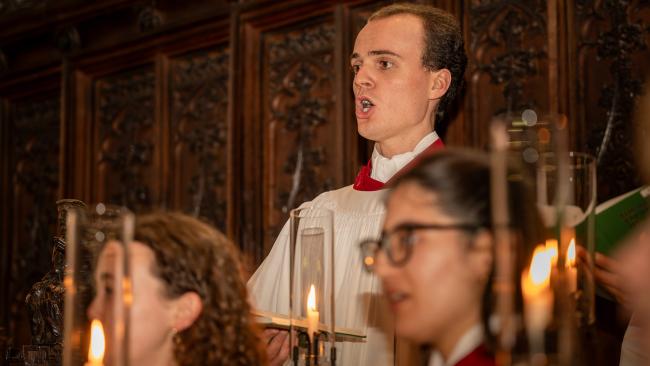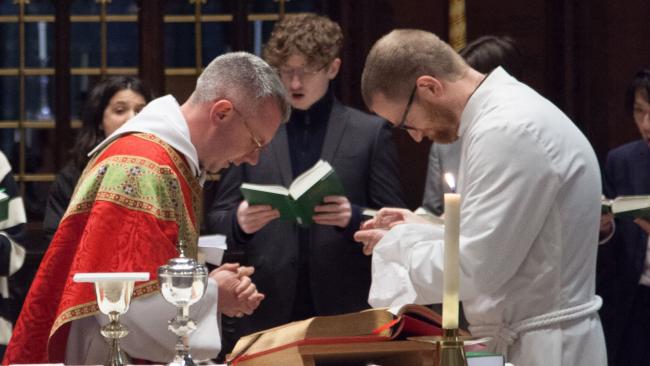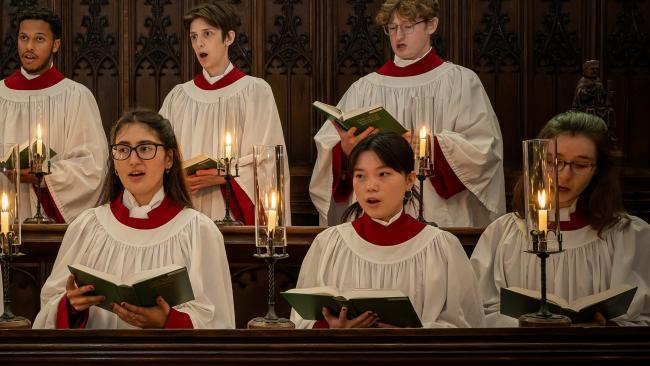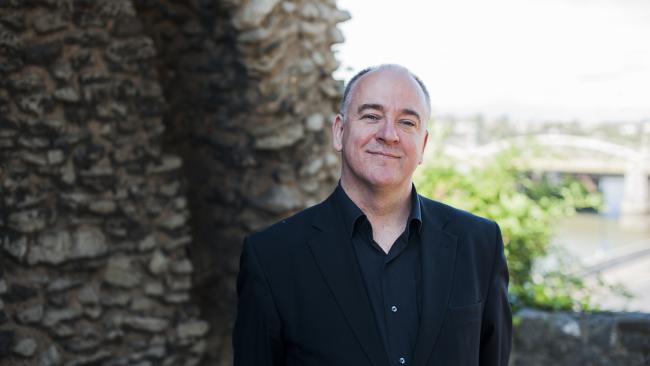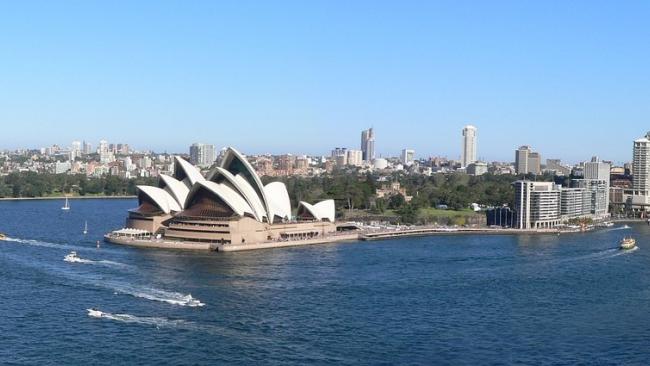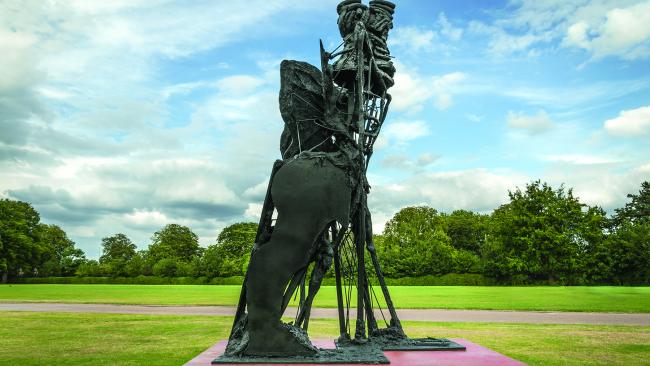
Thomas Houseago
Work exhibited: Striding Figure II (Ghost).
Thomas Houseago’s enormous anthropomorphic figures, such as Striding Figure II (Ghost), seem to bring together several mythical figures in one, like sculptural versions of Frankenstein’s monster.
The parenthetical title Ghost suggests that they are inhabitants of an afterlife, kept alive through force of memory, driven forward by fixation, haunted by the knowledge of unfinished business.
Their monumentally improvised bodies seem either to be in an advanced state of decomposition, as if unravelling at the seams, or on the verge of gathering themselves together, on the brink of a grotesque nativity, slouching towards Bethlehem to be born, in W.B. Yeats’ phrase.
Although cast in bronze, the striding figures seem to have been modelled in the same clay used to form the legendary Golem, an effigy made from inorganic matter but transformed into a living being by the insertion of a mystical word into its mouth.
If these figures evoke some of the earliest creation myths in which human form is experimental, awakened by the breath of life, but with the sluggish matter of the earth still clinging to it, they also stride forward regardless into the era of the Second Adam, when scientific knowledge presumes to fashion its own prototypes of human and mechanical hybrids.
Striding Figure II represents the velocity with which this ambition has been pursued, its stance capturing the full momentum of idea outstripping performance, the imbalance between animal tissue and manufactured prosthesis evident in every detail of its peculiar anatomy. The era of the cyborg is now two hundred years old, and the joins between human and nonhuman elements have been progressively erased.
Houseago’s ungainly but driven bearers of their relayed message evoke an earlier version of the risk and presumption embedded in the transfer from art to life of the modernist dream of authoring new forms of being. In art, the most salutary and most powerful articulations of the loss of spirit involved in attempting to harness spirit to artifice, have always emphasized the welds, rivets, and sutures marking the inalienable properties of the human.
The scale of Houseago’s embodiments represents the heroic answer to an ancient question still being asked long after the age of heroes has passed. His impatient walkers tread the earth of an imaginary world in which their disintegrating bodies gain an impossible strength with every step.
